But, FirstEnergy is only willing to share information about the Maryland part of its project, and says it wants to file an application with the Maryland PSC by the end of the year.
Despite PJM's empty promises about "using existing rights of way" for eastern MARL, FirstEnergy is planning to expand existing easements and acquire more property.
While the project is mainly using existing rights-of-way, there are “some limited areas” where the rights-of-way will have to be expanded to accommodate new transmission structures, according to the fact sheet.
A public information session on the project is scheduled for June 11 from 6 to 8 p.m. at the Upper Montgomery County Volunteer Fire Department in Beallsville.
This is your only chance to get information. Be there.
Meanwhile FirstEnergy continues to slink around, approaching landowners with predatory proposals before giving them complete information about the project.
Potomac Edison has “approached a handful of property owners in those areas (a mix of commercial or privately owned, undeveloped land) to discuss obtaining those easements for fair market compensation.”
Right now, Potomac Edison is conducting “preconstruction activities” along the transmission rights-of-way, according to the project fact sheet.
Company employees might be seen driving or walking the properties where the rights-of-way are, taking measurements, placing boundary flags, and gathering soil or vegetation samples.
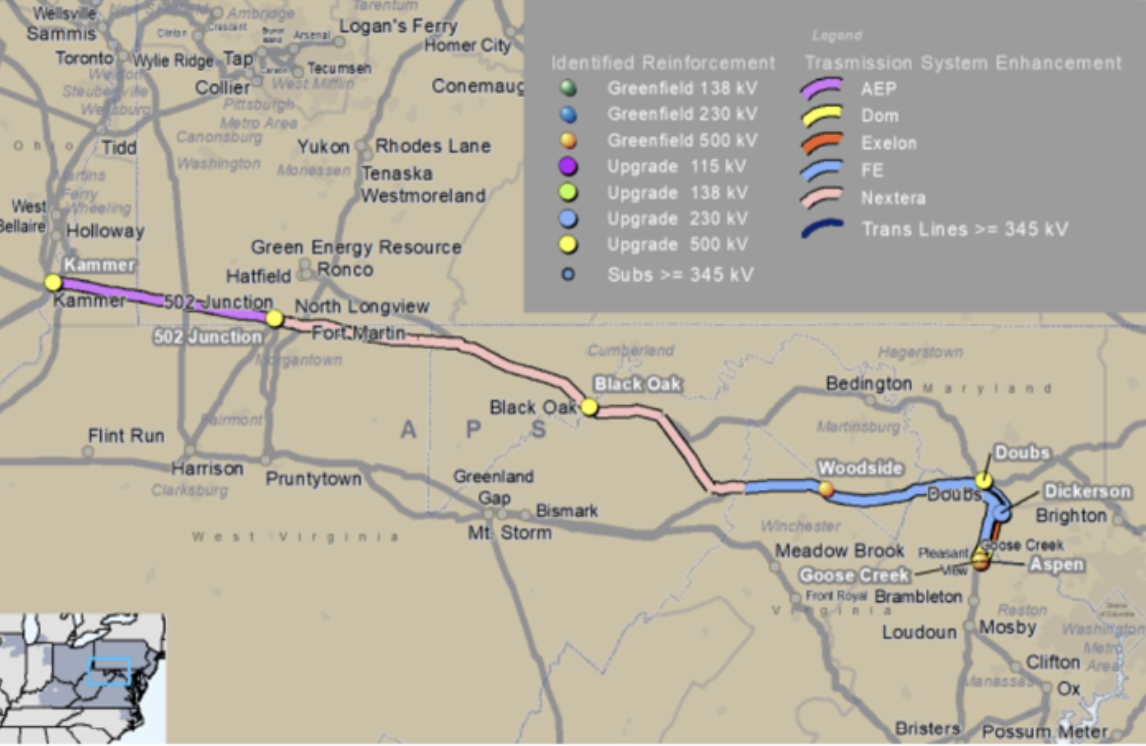

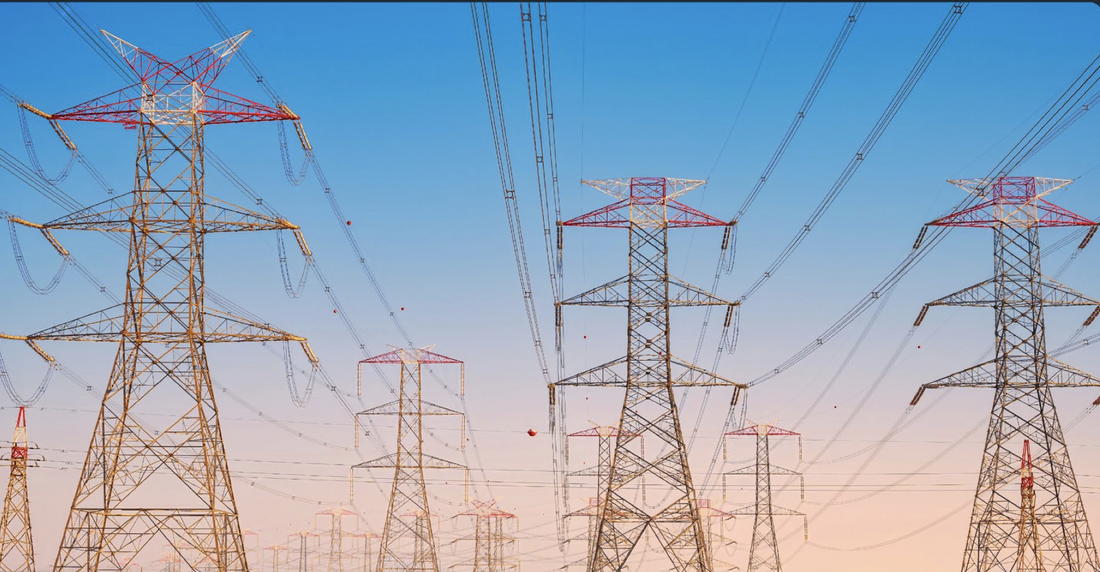

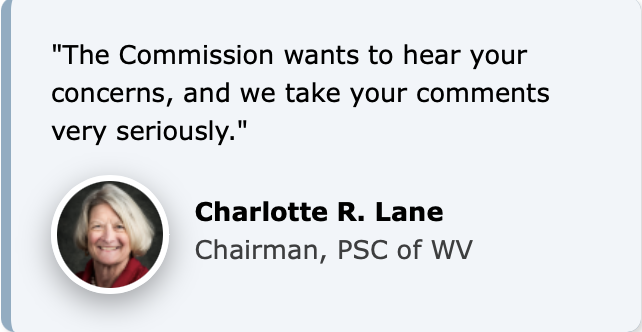

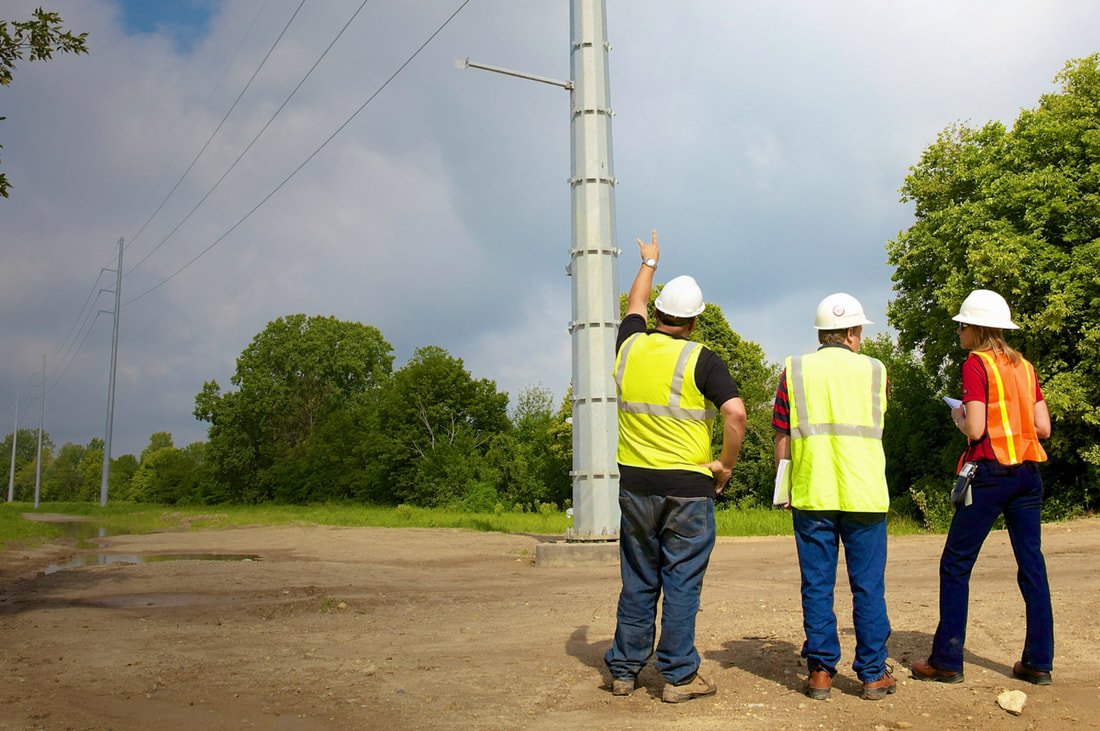
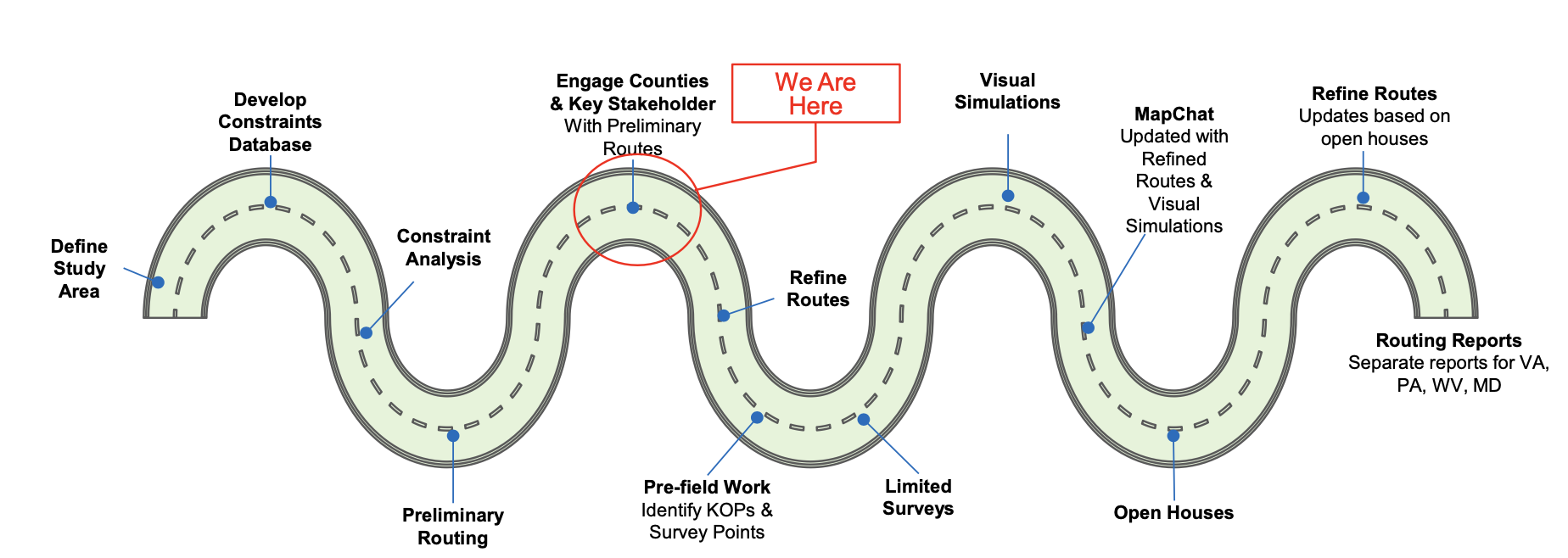
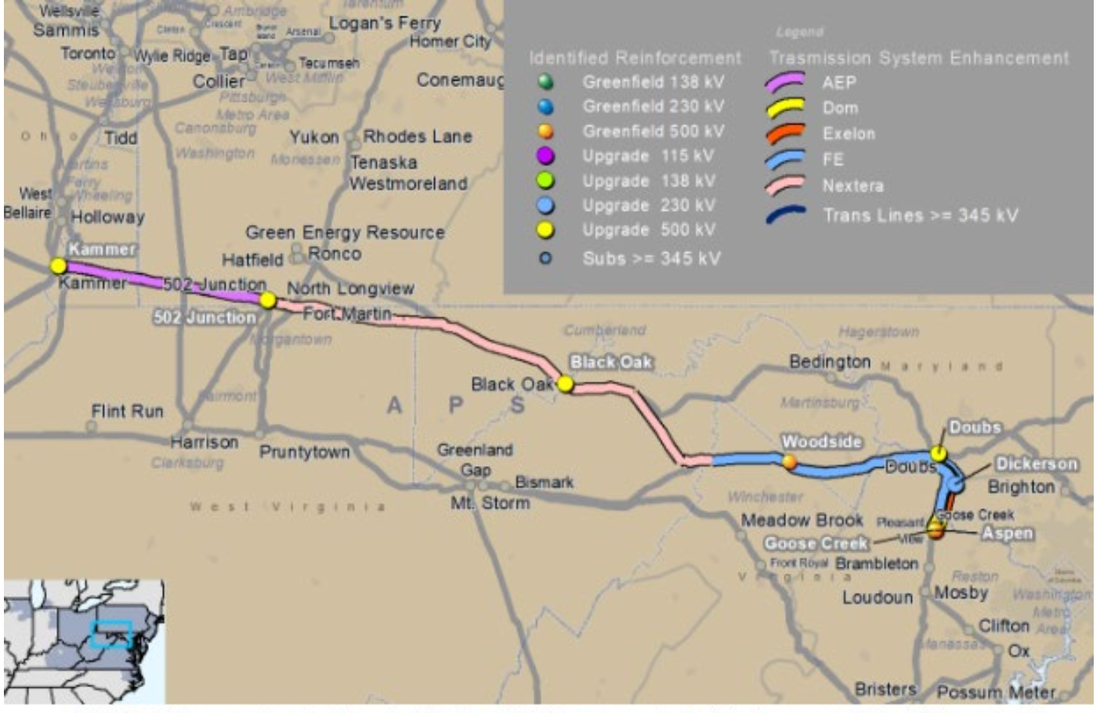
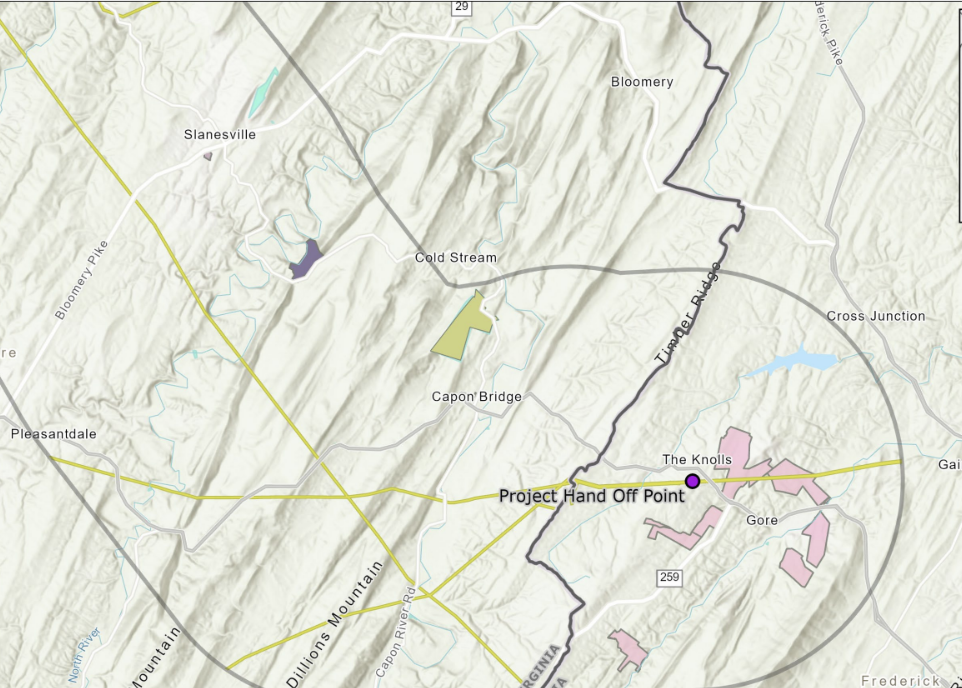
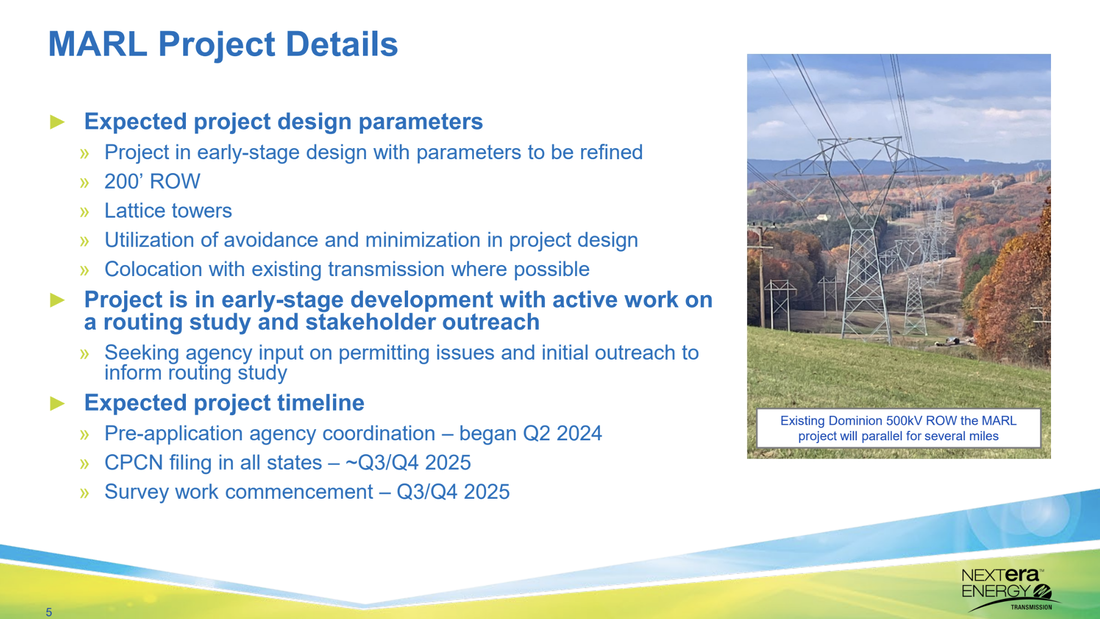
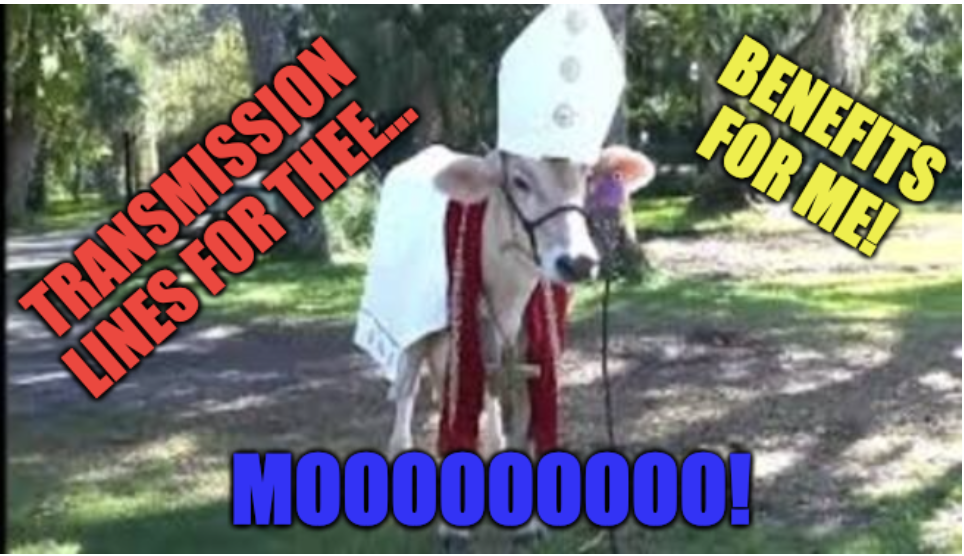



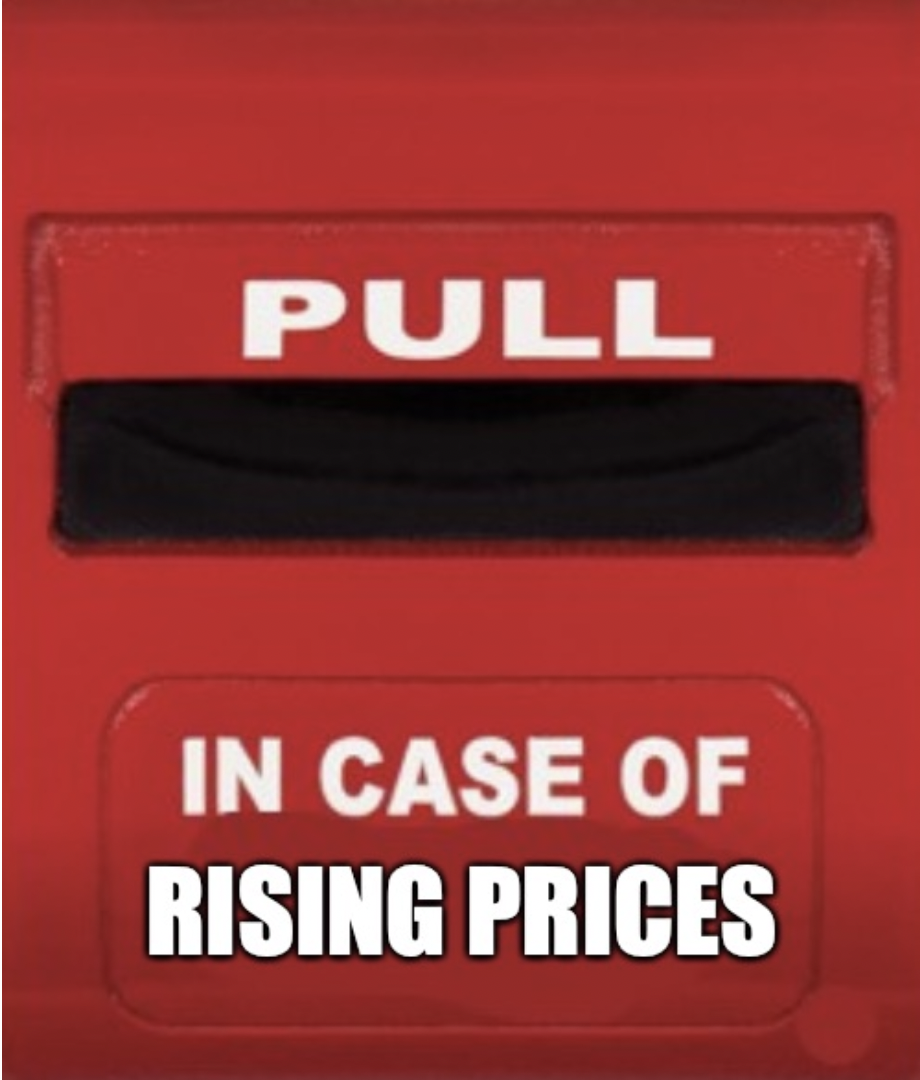
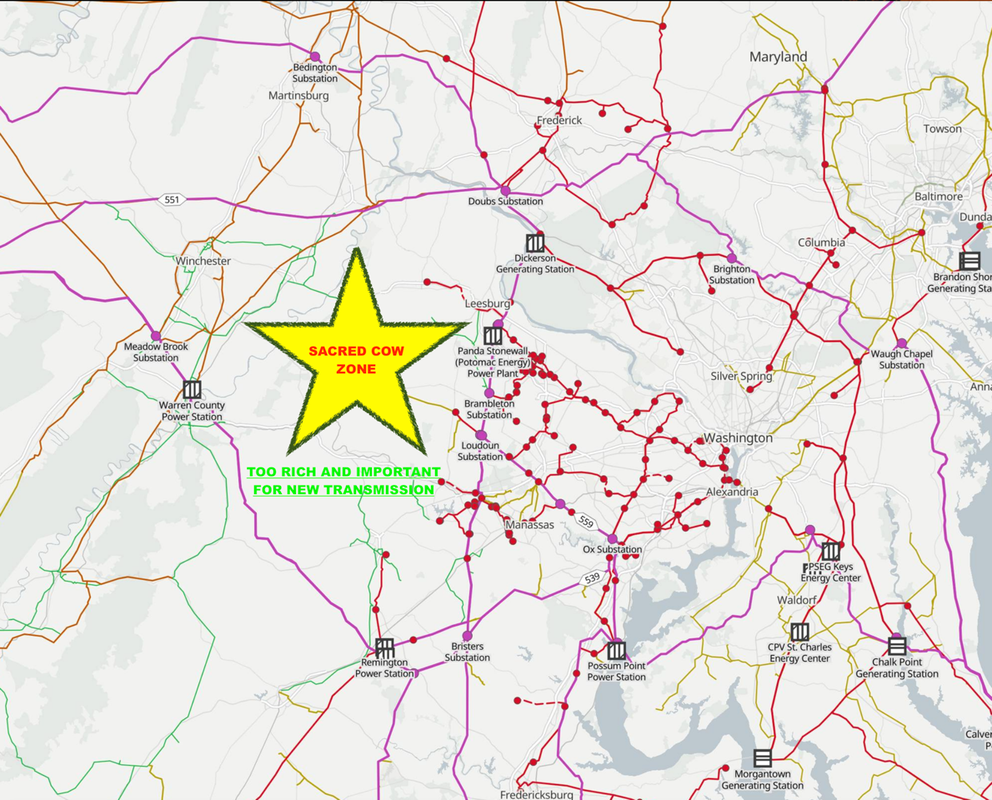
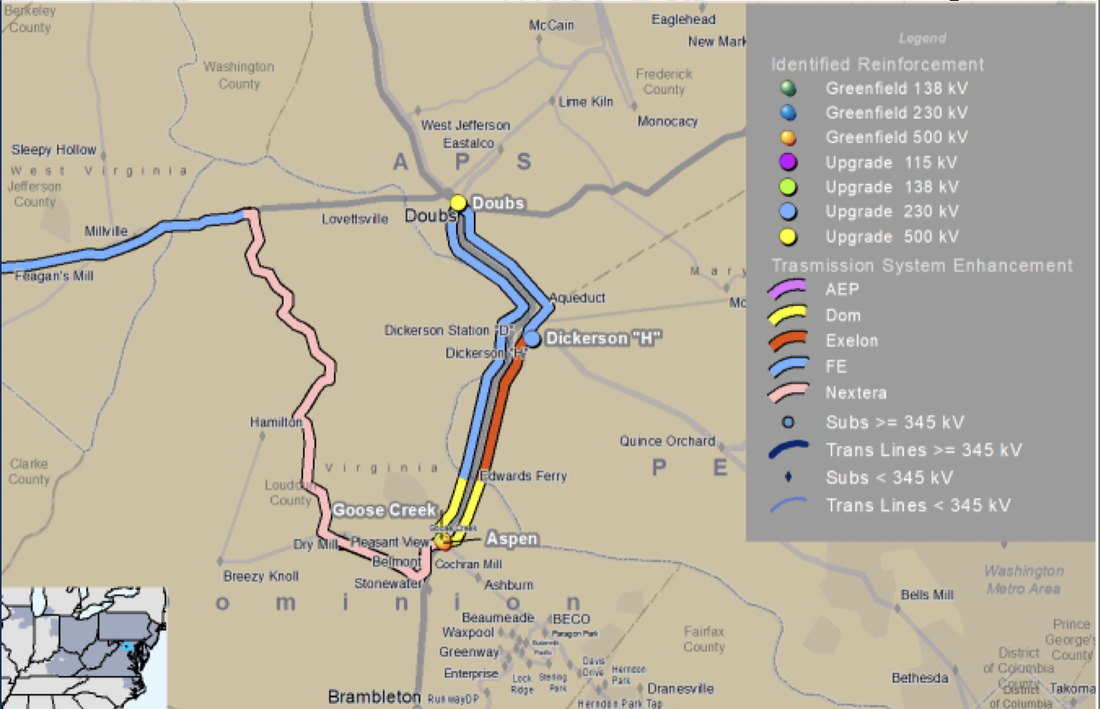
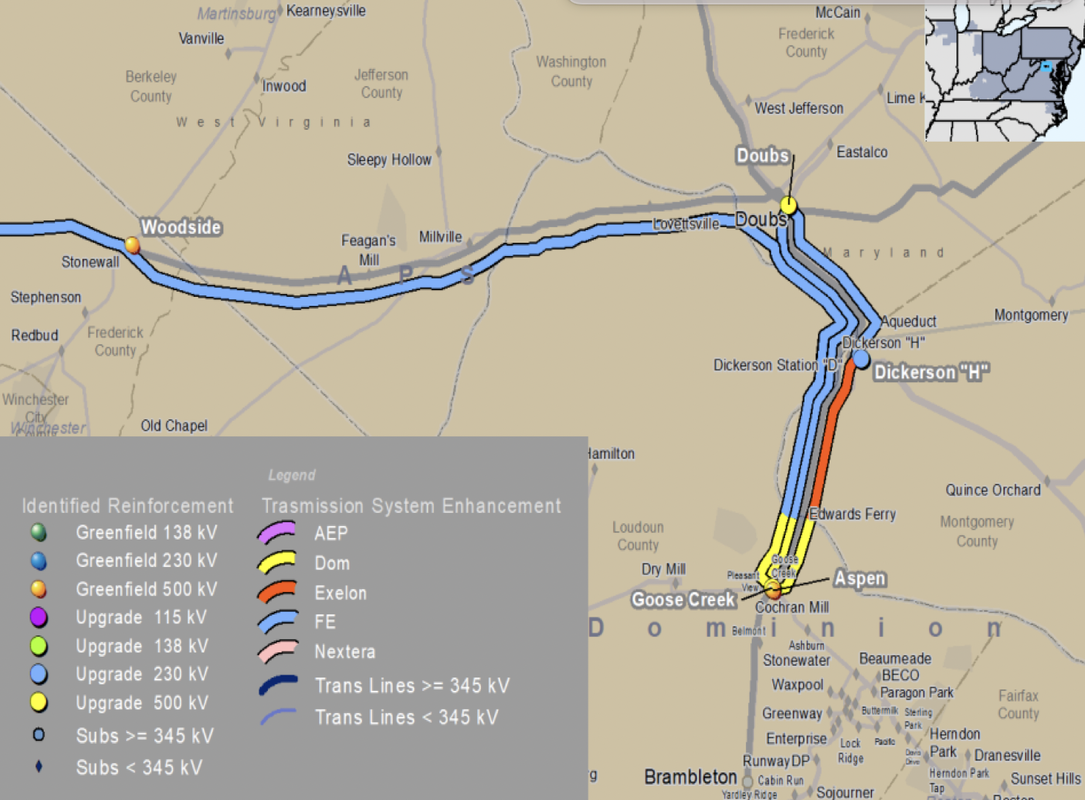
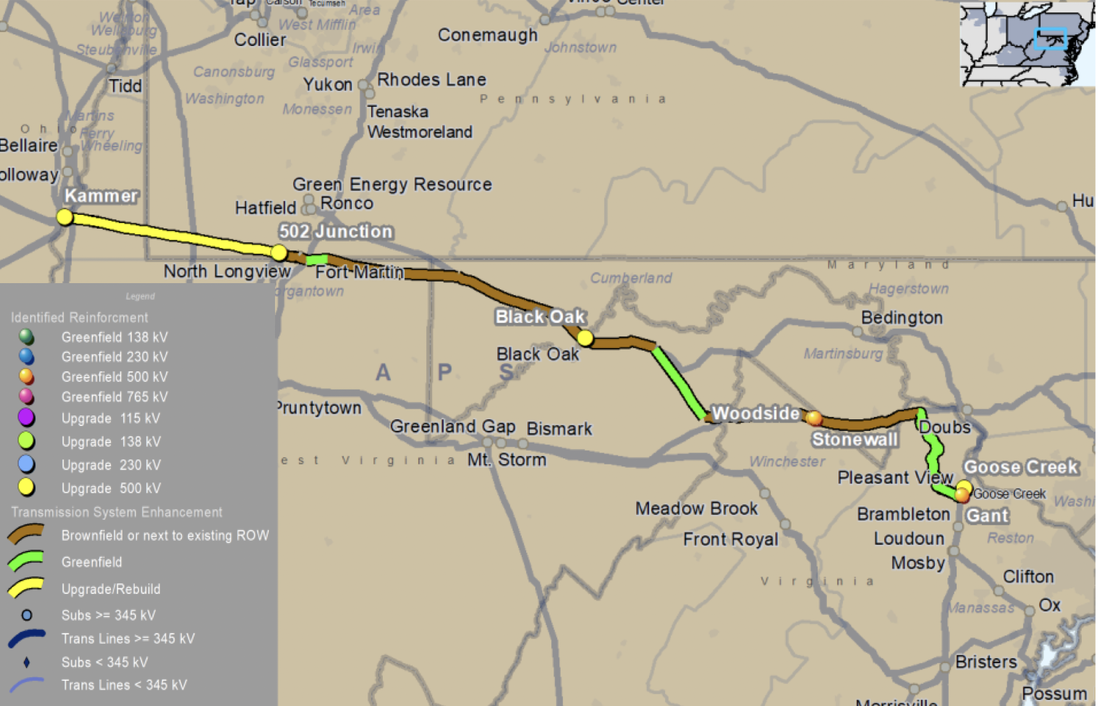
 RSS Feed
RSS Feed